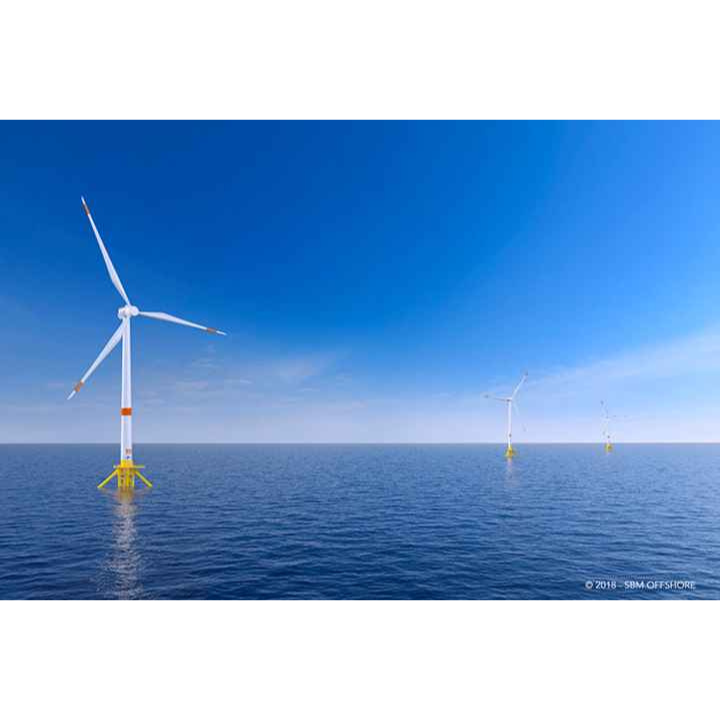
Climate: Groupe BPCE, a stakeholder in France’s first floating wind farm pilot-project
Tuesday, 20 september 2022
Groupe BPCE is financing the Provence Grand Large project, the first floating wind farm in France under construction in the Gulf of Fos, 17 km off the coast of Port Saint Louis du Rhône.
To watch this YouTube video, you must accept cookies from the Social Networks category, which includes YouTube, by clicking here.
In a video produced in partnership with Loopsider, Christine de Jouëtte, PGL’s Project Manager at EDF Renewables, and Sybille Grandgeorge, Industry Banker Power & Renewables at Natixis CIB, explain why Provence Grand Large is based on a technological feat that will significantly contribute to the energy transition.
This project is innovative both in terms of the technology – there currently exist very few floating wind farms worldwide – and the financing arrangements used. For the first time in the world, a project of this type will benefit from limited-recourse financing provided by commercial banks*.
The project is led by EDF Renewables in partnership with Enbridge Éolien France 2 SARL, a subsidiary of Enbridge Inc. and CPP Investments. Groupe BPCE is working through Natixis CIB, the Group’s corporate and investment banking arm, acting as mandated lead arranger, documentation bank, and hedging bank, and Caisse d’Epargne CEPAC, acting as mandated arranger.
Provence Grand Large will be one of the world’s first floating offshore wind farm projects to be installed, and the first one to be built in France. The wind turbines will be erected on innovative floats with ‘tensioned mooring lines’ designed by SBM Offshore and IFP Energies Nouvelles, which do not rub on the ground and leave the seabed undisturbed.The footprint on the maritime domain is also reduced to a few dozen meters, compared with several hundred for existing technologies. Another innovation concerns the method used to transport the electricity using dynamic cables capable of adapting to the movements created by the swell and the currents.
Provence Grand Large has been selected by the French Agency for Ecological Transition (ADEME) as part of the Future Investment Program. Its three wind turbines will boast a production capacity of approximately 25 megawatts, equivalent to the annual electricity consumption of 45,000 people. It is scheduled to come into service by 2023.
Floating offshore wind power: a technology of the future
Until now, floating wind energy has chiefly been developed in the form of pilot projects, and few floating wind farms have currently been built. The technology has now reached sufficient maturity to be developed on a larger scale and become increasingly competitive.
It has many advantages over fixed offshore wind power, the technology most widely used today: wind turbines can be installed farther from the coast, in areas with depths of more than 60 meters, enabling them to benefit from stronger winds.
The rapid increase in project size will speed up the development of this innovative solution, while making it more competitive vis-à-vis conventional technologies. With 120 GW of capacity in the early stages, floating wind power is expected to enjoy strong growth in the coming years and play a major role in the energy transition.
* Financing with limited recourse on the borrowers: the repayment of the debt is ensured solely by the cash flows generated by the asset.